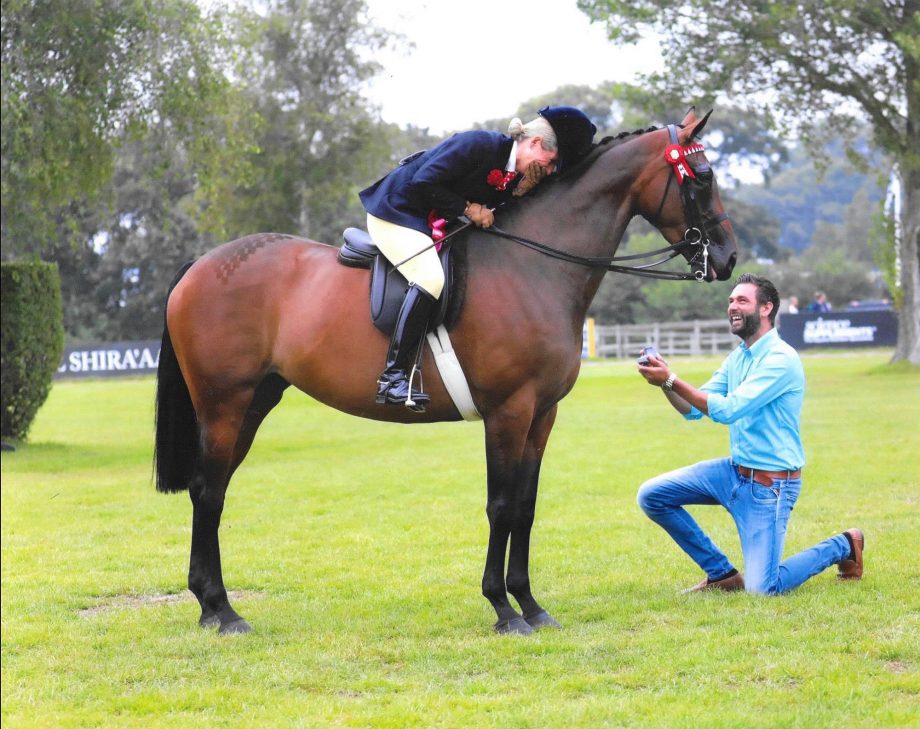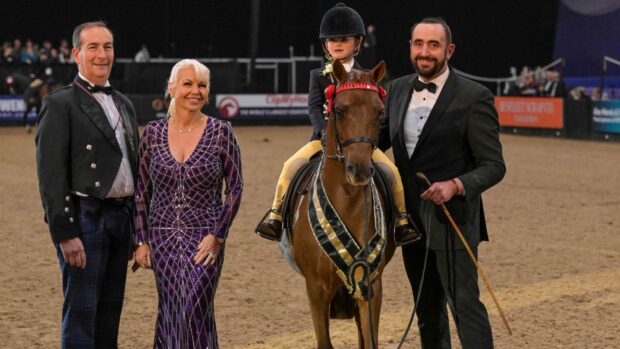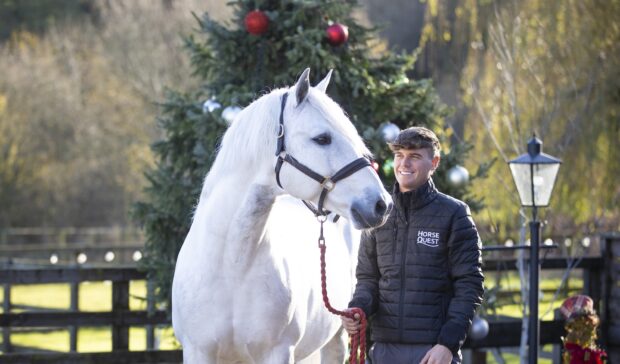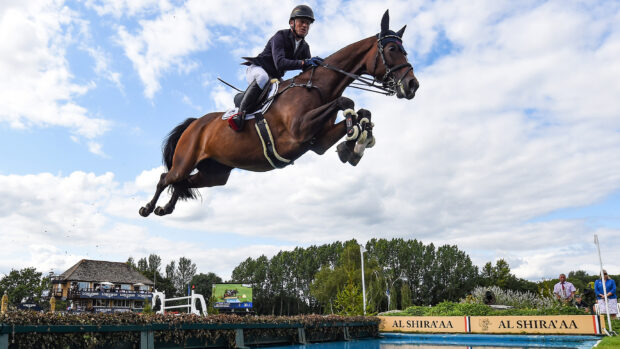HOYS, RIHS and Olympia winner on a wide range of native breeds, Rebecca Penny analyses changes to the 2021 RIHS pony qualifying format
THIS year, all Royal International Horse Show pony qualifiers were judged without the usual marking system. I’ve watched the later Horse of the Year Show qualifiers unfold with the usual marking system reinstated, but with that has come a flurry of confused and deflated competitors.
This begs the question, is the mark system really fit for purpose or is it failing us? I much prefer the no marks approach as more often than not I come away feeling that the marks awarded don’t give a true reflection of a class on the day.
I hope I’m fairly realistic and can usually critique my own performance and pony without a pair of rose-tinted spectacles; I’ll happily take a low mark if deserved. However, the marking system in its present format can be manipulated when conformation and performance judges don’t agree and enter into a strategic numbers war to get their own way.
I’d much prefer the judges to discuss the animals forward, weigh up the pros and cons of each and perhaps offer some form of constructive feedback, as well as having that all important final walk-round.
Other competitors would argue that seeing a mark does exactly that and is a little more transparent. However, as showing judges – unlike their dressage counterparts – don’t have to justify the marks they allocate, I’m not sure what value that one number actually holds.
If societies and riders want to keep marks sheets in place, the system needs to be tightened up and have more structure, and there should be more guidance on how to use this method so we are all singing from the same hymn sheet.
Obviously performance marks will vary enormously, because ponies aren’t machines and they perform differently on a day-to-day basis.
Conformation can also be subjective as one judge will penalise something like a splint or thoroughpin more harshly than another.
Having said that, I’ve recently done a small test with one of my rides and found that in three outings in its own breed class, against virtually the same competition, its conformation score has varied by 27 marks. This is an animal which has clean limbs and no glaring conformation faults, is a fairly good example of its breed and has been mannerly when presented for this phase.
If these classes are judged according to breed society standards, how can such a large discrepancy be explained or justified, even allowing for judges’ individual preferences?
I also believe when using marks judges should stand apart and not confer and there should be no initial pull-in. That way, neither judge can be seen to influence the other and it would potentially eradicate the game-playing.
Having asked a number of judges their preference it seems that most would rather have the full responsibility of judging classes alone without a co- judge or marks. This would at least give them the opportunity to send a pony through to a major final that they are proud to have represent them, as opposed to a compromise.
To sign off on another hot topic, could someone please invent a show jacket made from a more suitable fabric for the blistering heat? While some shows are allowing riders to remove jackets if they are wearing long-sleeved shirts, many – including me – choose to swelter on in favour of etiquette.
A wool tweed jacket, shirt and tie are not a good combination when the temperature reaches 30°C, especially when we have children as young as three or four sitting in well-subscribed mini classes that can go on for two hours at a time.
- Do you think classes should be judged with or without marks? Write to us at hhletters@futurenet.com
This exclusive column is also available to read in Horse & Hound magazine, on sale Thursday 29 July
You may also be interested in…

25 show ring stars at the 2021 Royal International Horse Show

Showing rider gets engaged in the ring at Royal International Horse Show

Tales from Hickstead: ‘I had to school the horses on my mum’s front lawn’

Tales from Hickstead: ‘I chased Allister Hood up the hill at the gallop’

Tales from Hickstead: when your Royal International journey includes a ferry and 767-mile drive…

Subscribe to Horse & Hound magazine today – and enjoy unlimited website access all year round




